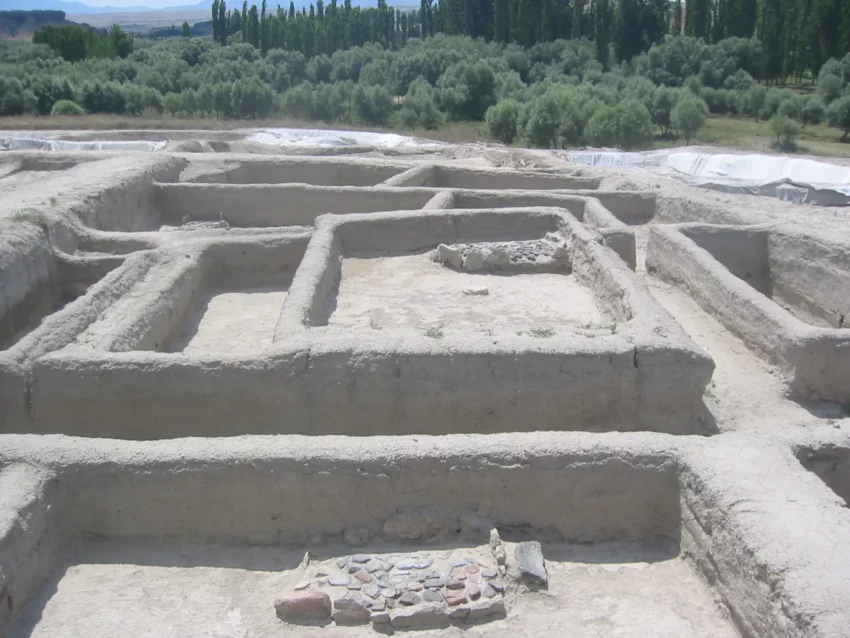Aşıklı Höyük: An Overview
Aşıklı Höyük is a settlement mound in Aksaray Province, Turkey. It lies 1 kilometer south of Kızılkaya village and 25 kilometers southeast of Aksaray. The site is located in central Cappadocia, an area covered by volcanic tuff.
Get your dose of History via Email
Historical Significance
The site was first settled around 8200 BC during the Pre-Pottery Neolithic period. It sits 1,119.5 meters above sea level, higher than the region’s average of 1,000 meters. The site covers about 4 hectares, smaller than the nearby Çatalhöyük, which spans 13 hectares.
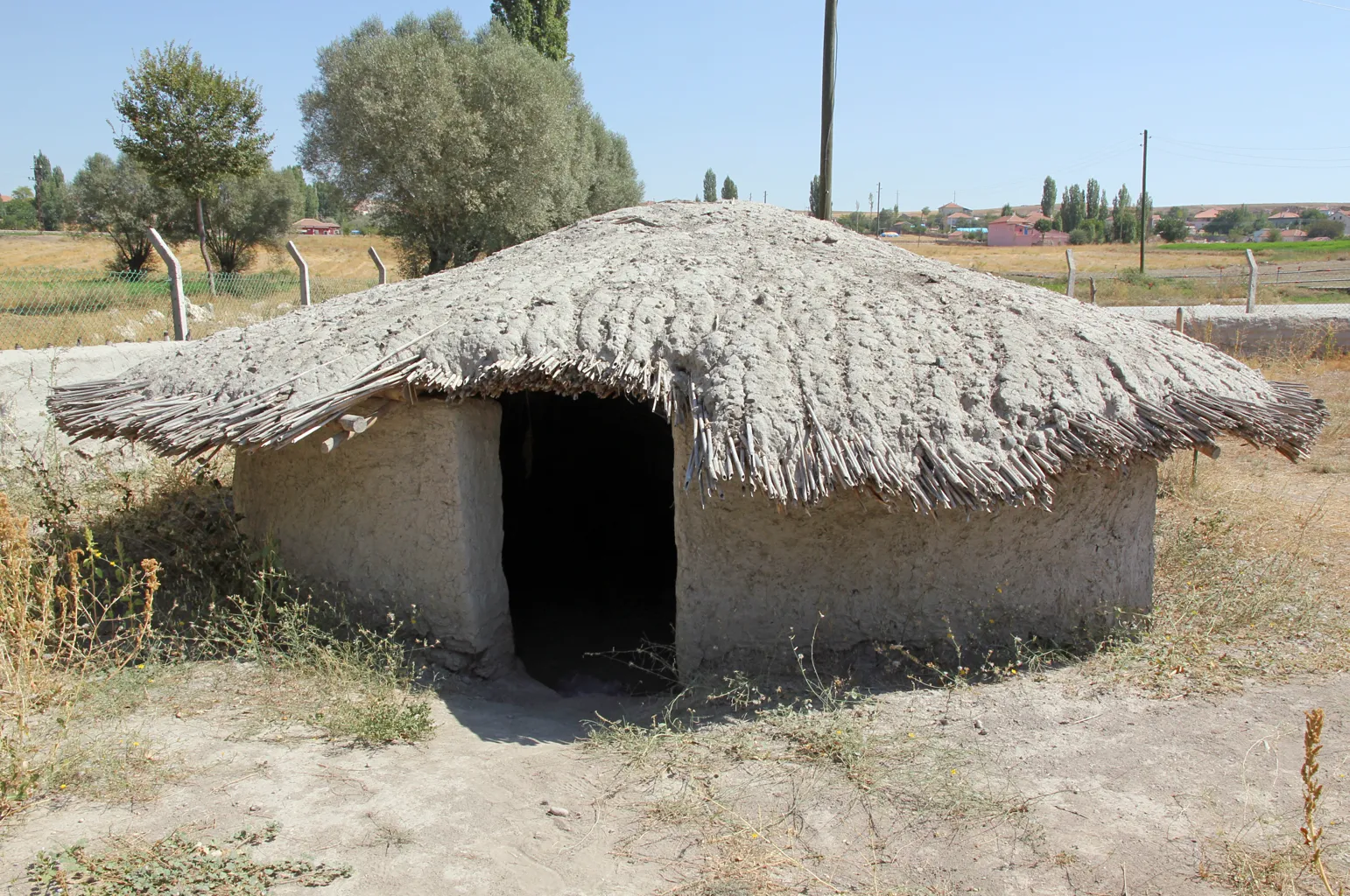
Geographical Context
The surrounding landscape features eroded river valleys in tuff deposits. The Melendiz Valley, where Aşıklı Höyük is located, offers a fertile and diverse habitat. Proximity to an obsidian source facilitated trade with regions as far as Cyprus and Iraq.
Initial Investigations
Professor Ian A. Todd first investigated Aşıklı Höyük in 1964. He highlighted the importance of obsidian, collecting over 6,000 pieces from the surface layer. The site was classified as a medium-sized mound, partly destroyed by a nearby river.
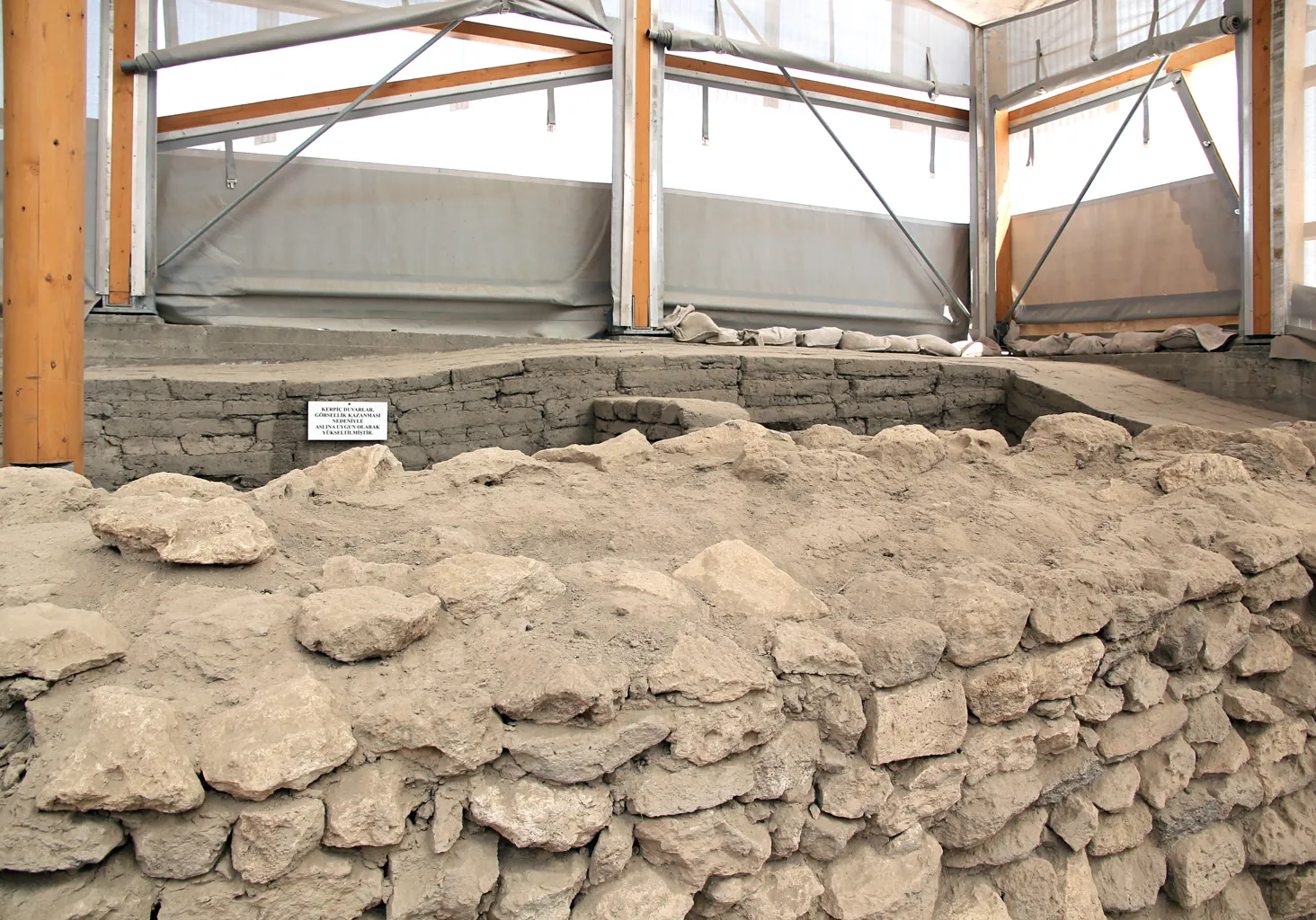
Excavations and Findings
Comprehensive excavations began in 1989 under Professor Ufuk Esin. Nine excavations up to 2003 uncovered approximately 4,200 square meters. The site is one of the largest-scale excavations in the region.
Chronology
Carbon-14 dates show the occupational period from 8200 to 7400 BC. The site has three layers with a total of 13 phases. It is one of the earliest Aceramic Neolithic sites on the Anatolian plateau.
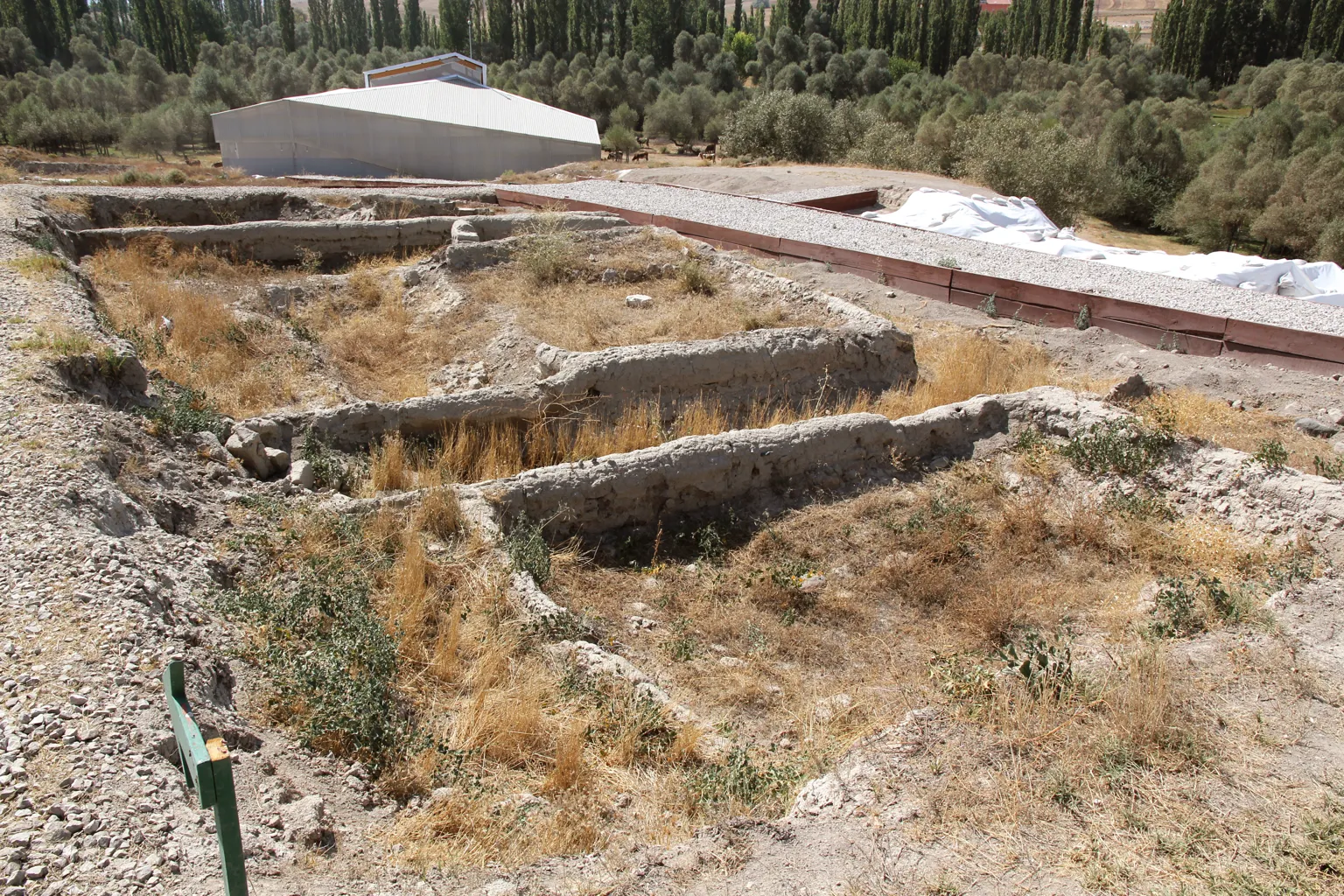
Burials
Excavations revealed over 400 rooms but fewer than 70 burials. All burials were under building floors, with the dead placed in pits during the building’s occupation. Burials included people of both sexes and all ages.
Skeletal Analysis
Male individuals lived up to 55–57 years, while most females died between 20 and 25 years. Female skeletons showed spinal deformities, indicating heavy labor. This suggests a possible division of labor between sexes.
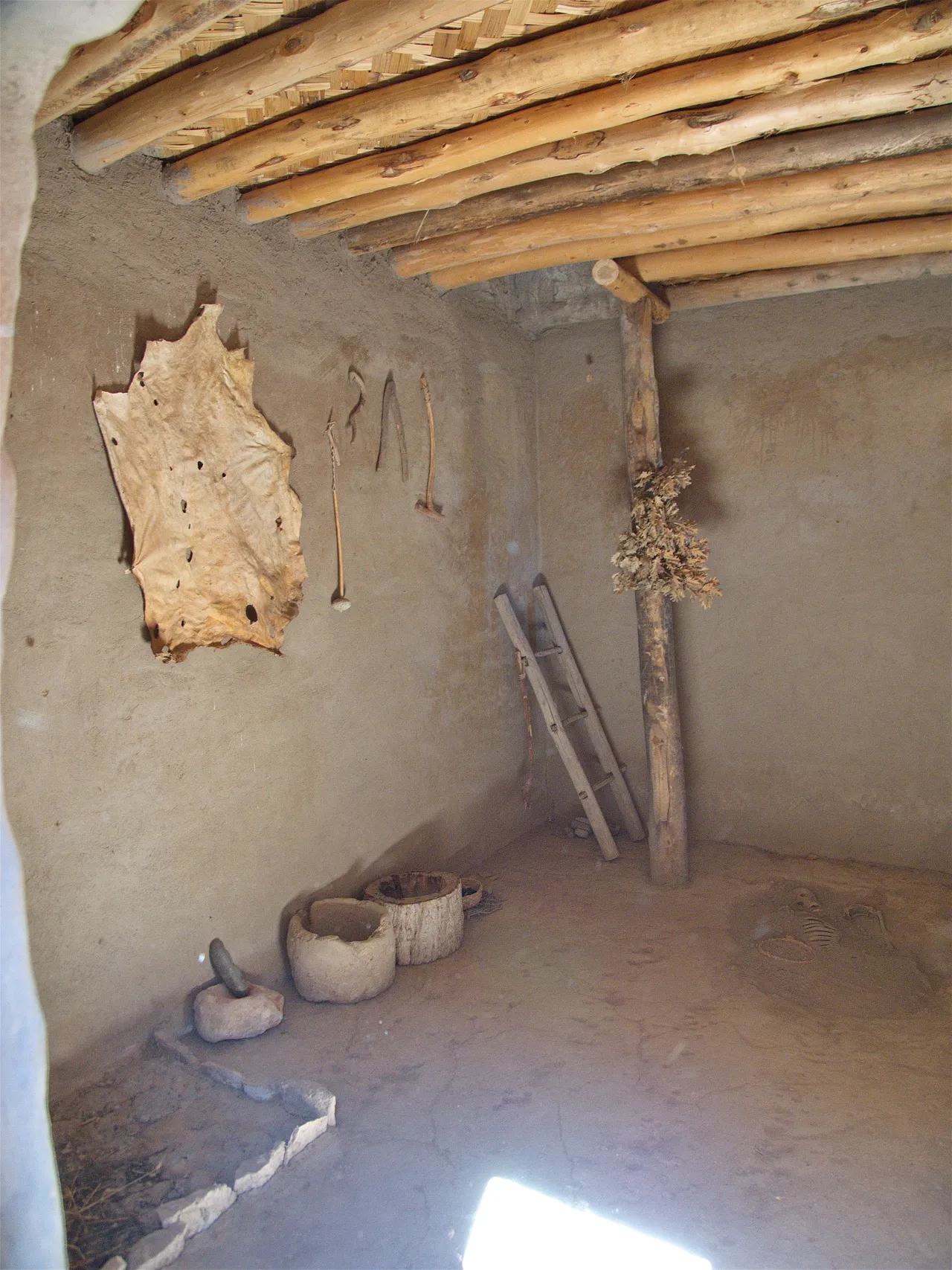
Child Mortality
Children represented 37.8% of the deceased, with 43.7% dying within a year of birth. Burials were primary, with complete skeletal remains. Graves contained single or double burials, sometimes with burial goods like necklaces and bracelets.
Hearths
Hearths at Aşıklı Höyük were rectangular and placed in room corners. They ranged in size from 2.97 to 0.48 square meters. Large stones created an upright edge around the hearth, standing about 20 cm above the floor.
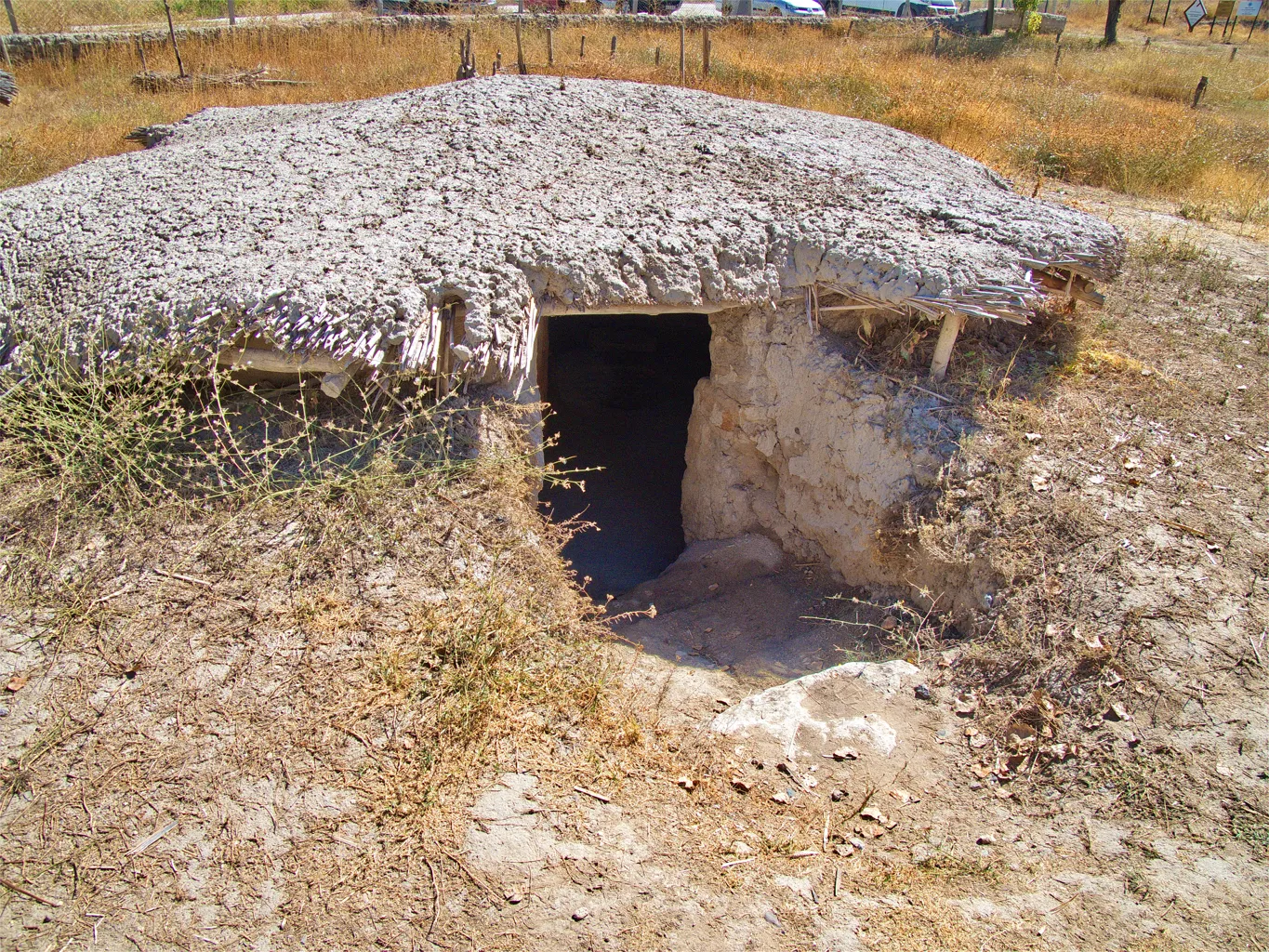
Building Practices
Aşıklı Höyük had a tradition of reconstructing earlier structures on the same spot. Buildings were rebuilt with the same alignment, using older walls as foundations. This structural continuity suggests a social system where buildings were not privately owned.
Public Buildings
Some buildings at Aşıklı Höyük were larger and lacked hearths. These are interpreted as public buildings or complexes. They had robust walls and large internal courts, indicating special value in society.
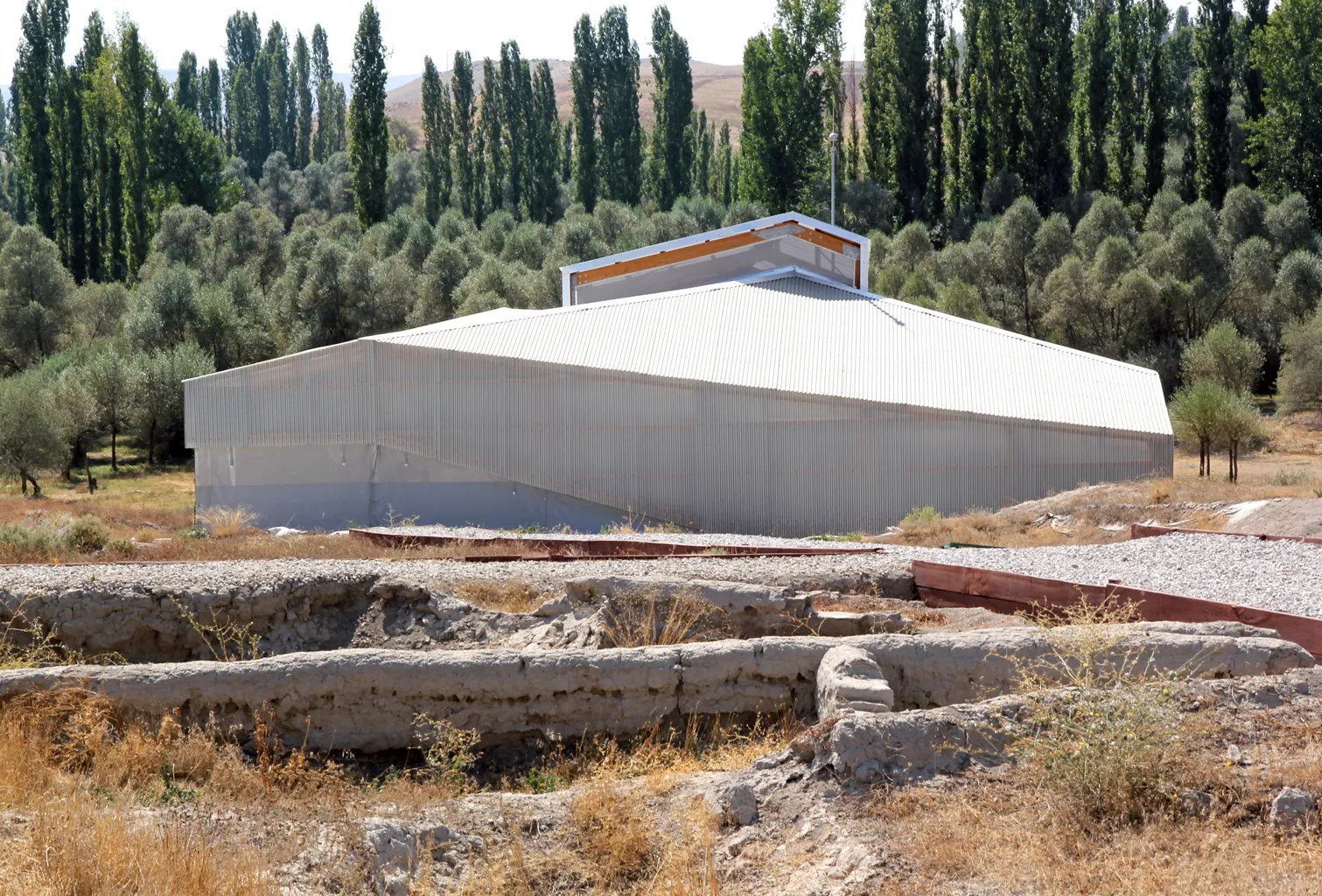
Material Culture
Finds at Aşıklı Höyük include flint tools and a single animal figurine. The limited number of burials suggests a possible cemetery that has not been found. There is also an absence of storage bins, complicating the distinction of autonomous households.
Conclusion
Aşıklı Höyük offers valuable insights into early Neolithic life. Its structural continuity, burial practices, and material culture provide a glimpse into the social and economic systems of the time. Further research will continue to uncover the site’s historical significance.
Sources: Wikipedia

